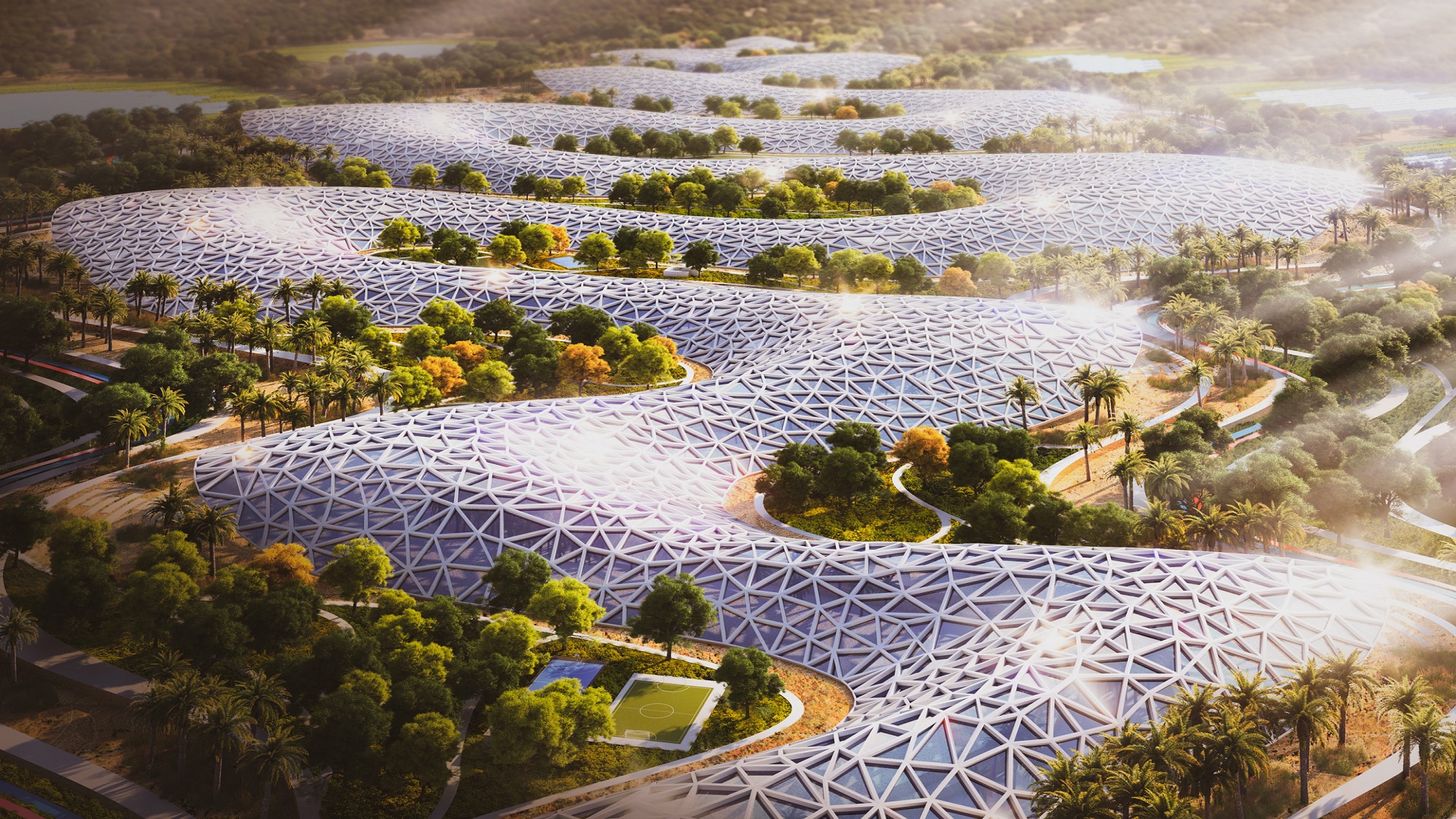Tech could someday let people even in dry climates
get clean water straight from the atmosphere›››
Deciphering the potential of 3D
printed structures
The advancements, benefits and limitations of 3D printing in the construction industry 29 Jul 2023




